SM Hasan Mansur
MotorEase: Automated Detection of Motor Impairment Accessibility Issues in Mobile App UIs
Mar 20, 2024
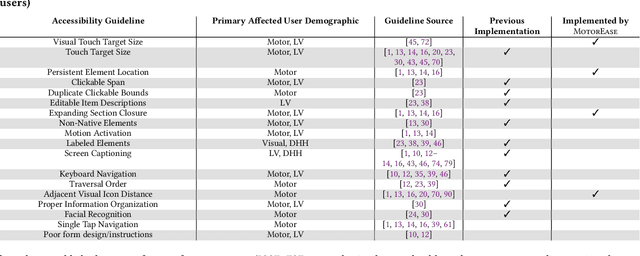
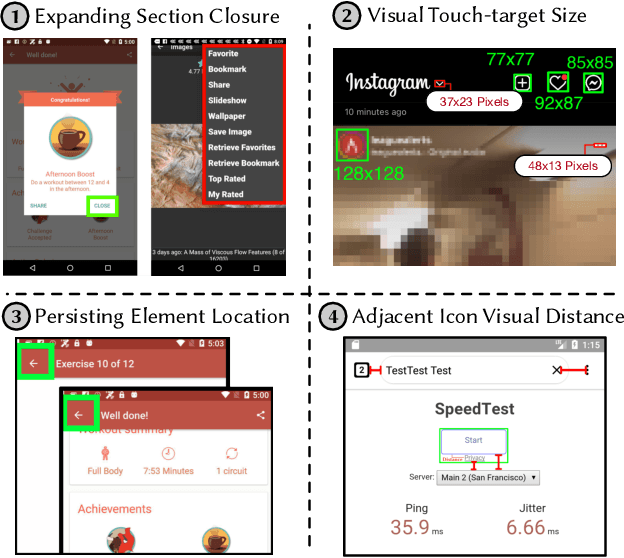
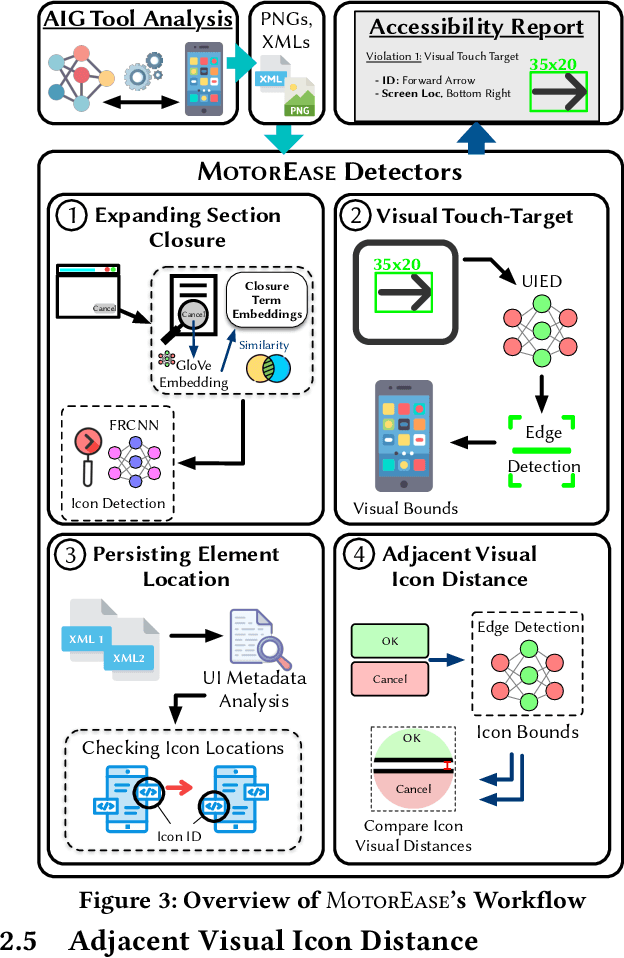
Abstract:Recent research has begun to examine the potential of automatically finding and fixing accessibility issues that manifest in software. However, while recent work makes important progress, it has generally been skewed toward identifying issues that affect users with certain disabilities, such as those with visual or hearing impairments. However, there are other groups of users with different types of disabilities that also need software tooling support to improve their experience. As such, this paper aims to automatically identify accessibility issues that affect users with motor-impairments. To move toward this goal, this paper introduces a novel approach, called MotorEase, capable of identifying accessibility issues in mobile app UIs that impact motor-impaired users. Motor-impaired users often have limited ability to interact with touch-based devices, and instead may make use of a switch or other assistive mechanism -- hence UIs must be designed to support both limited touch gestures and the use of assistive devices. MotorEase adapts computer vision and text processing techniques to enable a semantic understanding of app UI screens, enabling the detection of violations related to four popular, previously unexplored UI design guidelines that support motor-impaired users, including: (i) visual touch target size, (ii) expanding sections, (iii) persisting elements, and (iv) adjacent icon visual distance. We evaluate MotorEase on a newly derived benchmark, called MotorCheck, that contains 555 manually annotated examples of violations to the above accessibility guidelines, across 1599 screens collected from 70 applications via a mobile app testing tool. Our experiments illustrate that MotorEase is able to identify violations with an average accuracy of ~90%, and a false positive rate of less than 9%, outperforming baseline techniques.
On Using GUI Interaction Data to Improve Text Retrieval-based Bug Localization
Oct 12, 2023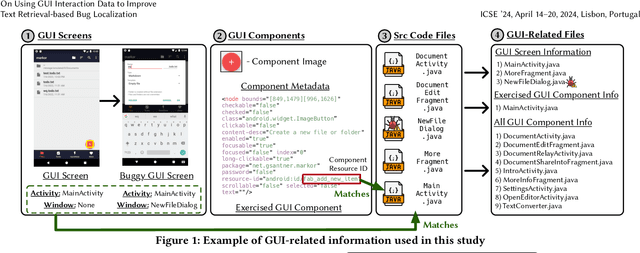

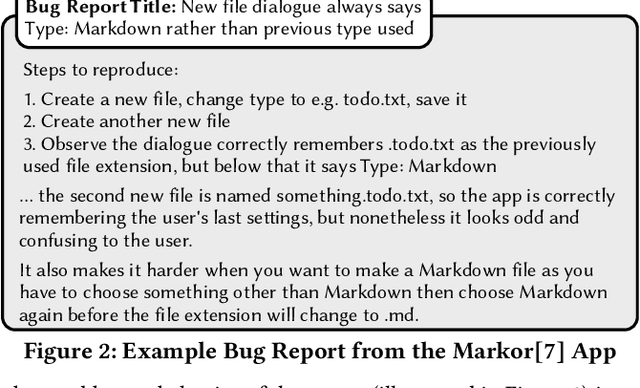
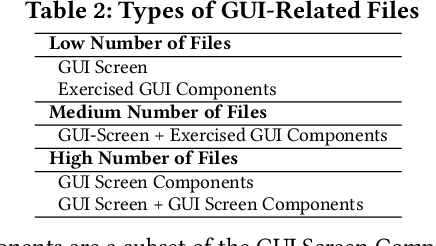
Abstract:One of the most important tasks related to managing bug reports is localizing the fault so that a fix can be applied. As such, prior work has aimed to automate this task of bug localization by formulating it as an information retrieval problem, where potentially buggy files are retrieved and ranked according to their textual similarity with a given bug report. However, there is often a notable semantic gap between the information contained in bug reports and identifiers or natural language contained within source code files. For user-facing software, there is currently a key source of information that could aid in bug localization, but has not been thoroughly investigated - information from the GUI. We investigate the hypothesis that, for end user-facing applications, connecting information in a bug report with information from the GUI, and using this to aid in retrieving potentially buggy files, can improve upon existing techniques for bug localization. To examine this phenomenon, we conduct a comprehensive empirical study that augments four baseline techniques for bug localization with GUI interaction information from a reproduction scenario to (i) filter out potentially irrelevant files, (ii) boost potentially relevant files, and (iii) reformulate text-retrieval queries. To carry out our study, we source the current largest dataset of fully-localized and reproducible real bugs for Android apps, with corresponding bug reports, consisting of 80 bug reports from 39 popular open-source apps. Our results illustrate that augmenting traditional techniques with GUI information leads to a marked increase in effectiveness across multiple metrics, including a relative increase in Hits@10 of 13-18%. Additionally, through further analysis, we find that our studied augmentations largely complement existing techniques.
AidUI: Toward Automated Recognition of Dark Patterns in User Interfaces
Mar 12, 2023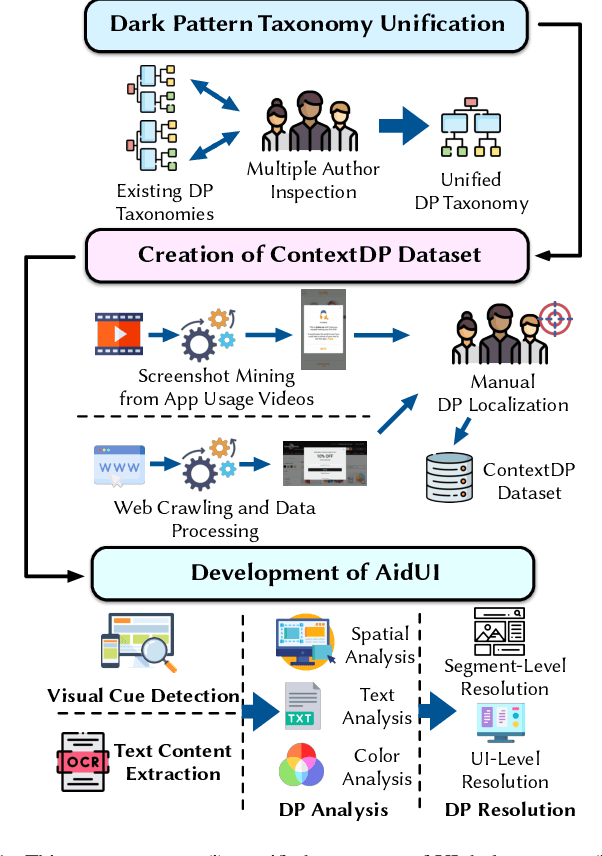
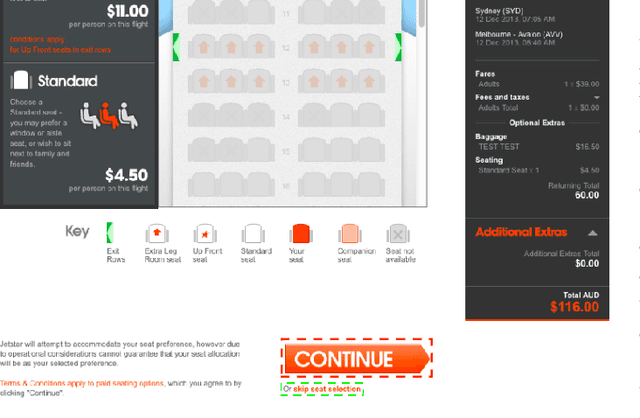
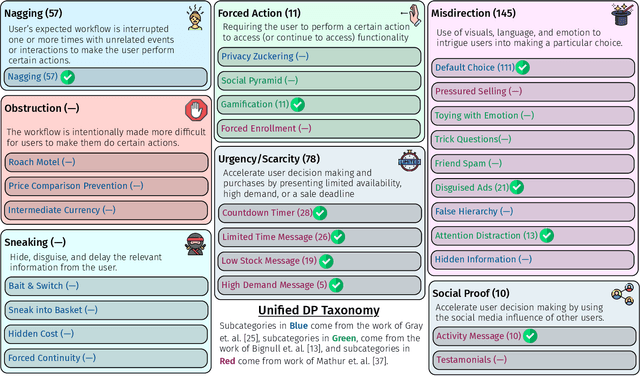
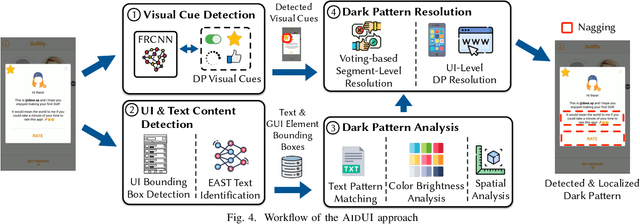
Abstract:Past studies have illustrated the prevalence of UI dark patterns, or user interfaces that can lead end-users toward (unknowingly) taking actions that they may not have intended. Such deceptive UI designs can result in adverse effects on end users, such as oversharing personal information or financial loss. While significant research progress has been made toward the development of dark pattern taxonomies, developers and users currently lack guidance to help recognize, avoid, and navigate these often subtle design motifs. However, automated recognition of dark patterns is a challenging task, as the instantiation of a single type of pattern can take many forms, leading to significant variability. In this paper, we take the first step toward understanding the extent to which common UI dark patterns can be automatically recognized in modern software applications. To do this, we introduce AidUI, a novel automated approach that uses computer vision and natural language processing techniques to recognize a set of visual and textual cues in application screenshots that signify the presence of ten unique UI dark patterns, allowing for their detection, classification, and localization. To evaluate our approach, we have constructed ContextDP, the current largest dataset of fully-localized UI dark patterns that spans 175 mobile and 83 web UI screenshots containing 301 dark pattern instances. The results of our evaluation illustrate that \AidUI achieves an overall precision of 0.66, recall of 0.67, F1-score of 0.65 in detecting dark pattern instances, reports few false positives, and is able to localize detected patterns with an IoU score of ~0.84. Furthermore, a significant subset of our studied dark patterns can be detected quite reliably (F1 score of over 0.82), and future research directions may allow for improved detection of additional patterns.
 Add to Chrome
Add to Chrome Add to Firefox
Add to Firefox Add to Edge
Add to Edge